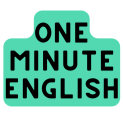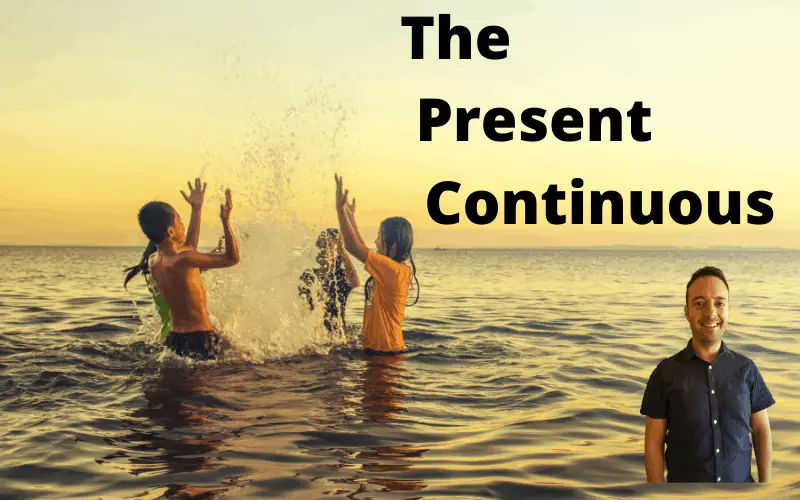Practice English or Spanish with AI here
In this post, I want to help you to understand the Present Continuous tense (also called the Present Progressive tense) and be able to use it correctly.
I want to help you to know why we use different verb tenses and explain the form and the uses of the Present Continuous.
So, let’s begin…
How to form the Present Continuous
Positive
To form positive sentences we use the present simple of the verb to be and the ing form(the present participle) of the verb you want to use.
Example: I am playing the guitar.
Negative
To form negative sentences in the present continuous tense we add not after the verb to be and before the present participle(ING) that you want to use.
Example: I am not playing the guitar.
Questions
To form a question in the Present Continuous tense we change the order of the subject and the verb to be.
So… You are talking —-> Are you talking?
Example: Are you playing the guitar?
When to Use the Present continuous
Uses
- Actions happening now
- Actions that are incomplete
- Future arrangements
1. The present continuous tense is for things happening now.
So for example:
I am writing this explanation now.
You are reading this website now.
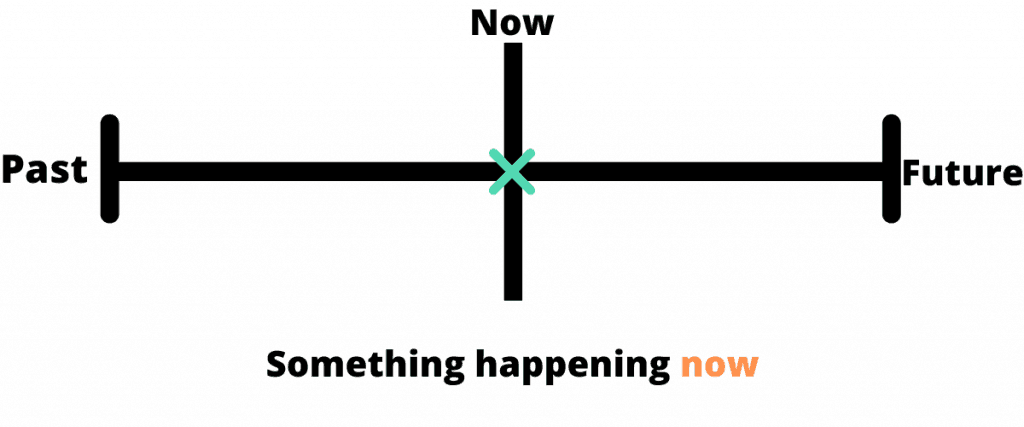
2. We also use the present continuous tense when we want to say that something is incomplete. That means we are in the middle of the process and we are continuing to work on this project.
I am working on a big project at the moment. (the project is incomplete)I am learning how to play the guitar. (I am not an expert)
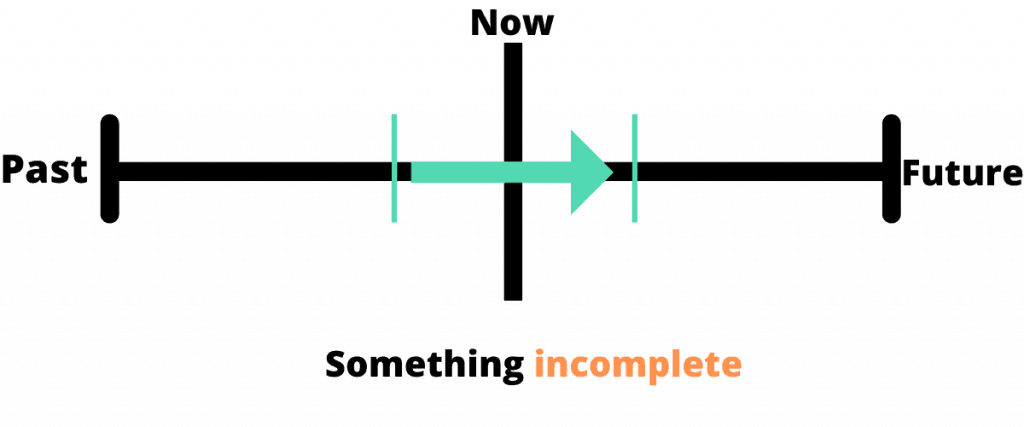
3. We also use the Present Continuous tense in the future. It is for plans and arrangements with other people.
I am meeting my mother for lunch.
We are taking the train.
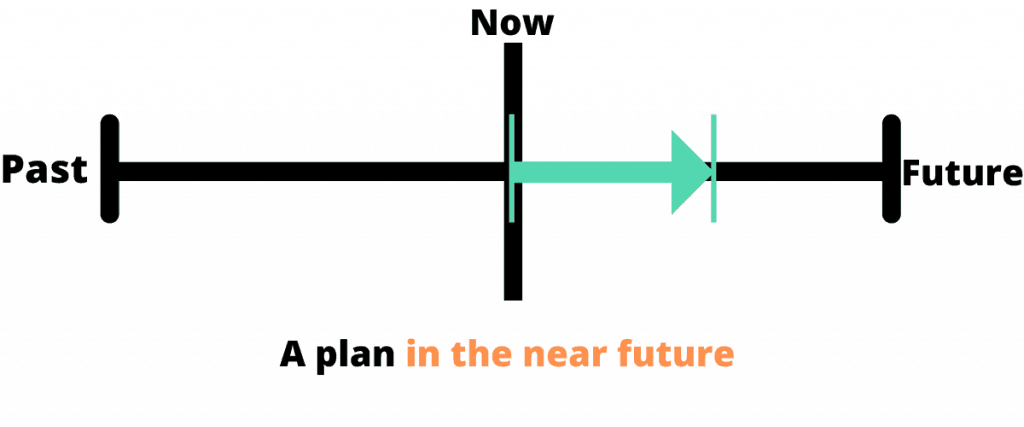
Time words – Today, This week, This year,
The Present Continuous is often used with the idea of now. Here is a list of time words that can help you to understand when to use it correctly.
- Now
- At the moment
- Right now
- Currently
- Right away
- Today
- This week
- This year
- This evening
- Tomorrow
- This Saturday
Present Continuous Vs Present Simple
The present simple is often used for habits and routines and things in general. It is not for things happening now.
Look at the difference in this example:
I play football.
I am playing football.
In the first example, I want to say that it is my habit to play football. I play football every Tuesday.
In the second example, I want to say that I am playing football now. (or I have a plan to play football in the near future)
Another example:
He is nice
He is being nice.
In the first example, we mean that he is generally nice but in the second example we mean that he is being nice now but maybe he is not always nice!
(Future)To be Going to- What’s the difference?
If you know your English grammar, you know that we use “Going to” for future plans.
Yes, you can use “Going to” or the “Present Continuous” for future plans.
The only difference is that we prefer to use the present continuous when we make plans with other people.
I am meeting John later.
You can also use “I am going to meet John later” but the first example is more common.
If you have a plan by yourself, then you use “going to”
I am going to study later.
Common verbs with Present Continuous
We often use the present continuous when we talk about changes happening around now(actions):
- get
- change
- become
- increase
- rise
- fall
- grow
- improve
- begin
- start
Verbs not used in the Present Continuous
We use continuous forms for actions that are incomplete (We are doing our homework.). Some verbs (for example, know and like) are not normally used in this way. We don’t say ‘I am knowing’ or ‘they are liking’; we say ‘I know’, ‘they like’.
The following verbs are not normally used in the present continuous:
- like
- want
- need
- prefer
- know
- realize
- suppose
- mean
- understand
- believe
- remember
Exercise on Present Continuous
Write the correct form of the Present Continuous
- Peter _______ football (play)
- What are you doing? I __ _____ guitar (play)
- He _ ___ _____ today.(not work)
- __ you ____ Sandra this evening? (meet)
- Why _ she _____ that? (do)
- What __ you____ later? (do)
- What __ you______? It looks like coffee (drink)
- I ___ ___ ______ anymore! It is not fair (not play)
- He _ _____ on the big project for Google (work)
- ___ you______ in the chess tournament this weekend? (play)
Answers are in the comments
If you need more help with verb tenses you can watch my course for free if you signup to Skillshare here
- 10 Words or Phrases “To Make Her Feel Special” - October 16, 2024
- Synonym Generator - September 11, 2024
- [BrutallyHonest] Langua AI Review – Can you learn a language with AI? - April 23, 2024
